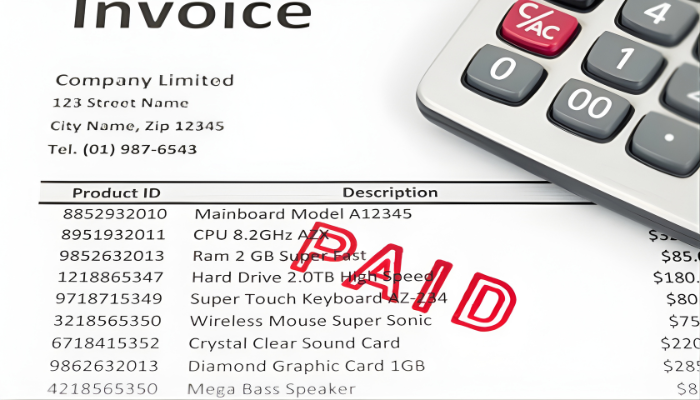
In today's economic climate, small business owners often face challenges when seeking traditional bank loans. Despite some improvements, many banks continue to impose stringent lending standards, making it difficult for small enterprises to secure the financing they need. This has led entrepreneurs to explore alternative financing options that offer quicker access to capital with fewer hurdles.
One such alternative is invoice factoring, a solution that allows businesses to convert their outstanding invoices into immediate cash. Unlike traditional bank loans, which can involve lengthy approval processes and rigid repayment terms, factoring provides a more flexible approach to managing cash flow.
By understanding the distinctions between factoring and conventional bank loans, business owners can make informed decisions that align with their financial goals and operational needs.

Credit Check
It’s no secret that banks can be tough when it comes to credit requirements. Most small business owners are aware that securing a traditional loan typically requires a near-perfect credit score. If your credit is less than ideal or you're still recovering from a tough financial patch, banks may see you as too risky, regardless of your business’s potential. Here’s what happens when your credit doesn’t meet the mark.
Factoring works differently. Instead of focusing on your credit history, factors look at the creditworthiness of your customers, the ones who owe you on open invoices. If your clients have a solid track record of paying on time, that’s what really matters.
This means even if your personal or business credit is less than perfect, you can still access the capital you need. Factoring provides a way forward without letting your credit score hold you back.

Collateral
When applying for a traditional bank loan, most business owners are asked to put something on the line, like the equity in their home or the assets of their business. And if they can’t? That loan offer might never materialize.
Factoring offers a different kind of solution. Instead of relying on personal or business assets, you use your invoices as collateral. The factor essentially purchases those outstanding receivables and advances you a portion of the amount, fast. That capital can then be put to work right away, whether it's for fulfilling an order, covering payroll, or handling an unexpected expense.
Importantly, you’re not risking your house, vehicle, or equipment. The focus is on the value of the invoices and your customers’ ability to pay, not on tying up your personal or business assets.

Payments
Traditional bank loans usually come with a familiar obligation: monthly repayments that include both principal and interest. For many small business owners, that regular outflow, regardless of cash flow ups and downs, can quickly become a burden. Missing a payment risks fees, credit damage, or worse.
Factoring works differently. Instead of managing monthly installments, the financing is tied directly to your receivables. Once the invoice is paid by your customer, the factor deducts its fee and sends you the remainder. There are no long-term payment schedules to juggle or penalties hanging over your head. It’s funding that fits the rhythm of your business.
And despite the fees involved, many companies still turn a solid profit, especially when those funds help secure new clients, fulfill large orders, or stabilize operations during a slow-paying cycle.
Today, access to working capital remains a top challenge for many small businesses. Rising costs, tighter lending standards, and collateral requirements from banks leave some entrepreneurs feeling stuck.
Factoring provides a reliable alternative, without the need to pledge personal assets or wait weeks for a loan committee’s decision. It’s not a one-size-fits-all solution, but for companies with steady B2B receivables, it can be the right fit at the right time.
*Updated from August 18, 2014, to reflect the latest financing trends, small business challenges, and working capital strategies relevant in 2025.














